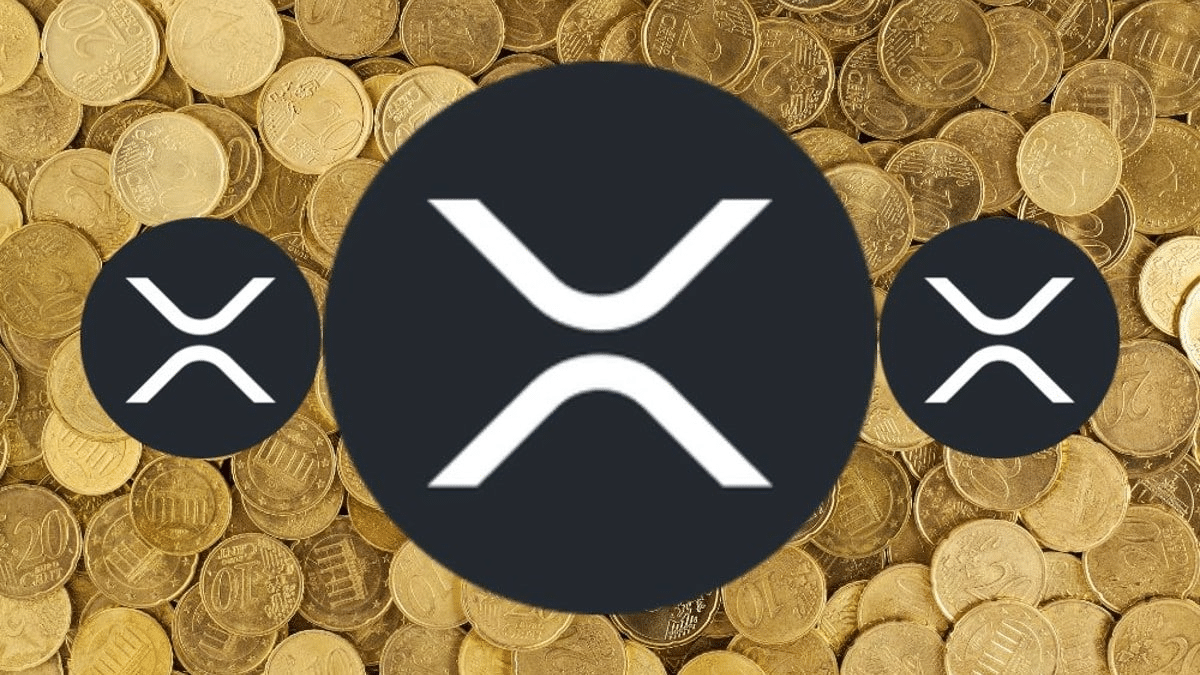Jupiter’s token distribution gets things exciting for Solana’s DeFi community.

join us telegram A channel to stay up to date on breaking news coverage
Solana-based DeFi integrator Jupiter has launched its eagerly awaited airdrop, allocating 40% of the total JUP supply, or the equivalent of 4 billion JUP tokens, to users. Users can visit Jupiter’s website where the portal is installed, connect their wallets, and check the quantity of JUP tokens they have acquired. The exact start date for the claims process is not yet known, but user expectations are clear.
To appreciate its user base, Jupiter announced that every user on the platform will be granted 200 JUP tokens, regardless of their trading background. Additionally, users who qualify as “OG” by having at least $10 in their account or executing at least 10 transactions before March 2022 will receive an additional 500 JUP. A major portion of the JUP allocation for each user will depend on a variety of factors, including their trading volume on Jupiter and how consistently they have used the platform.
Solana Summer (Winter) pic.twitter.com/stLrJoZ7gy
— Burger Flipper (@trmachine888) December 1, 2023
This airdrop has generated considerable excitement among Jupiter users and Solana enthusiasts. Several users took to Twitter to share their joy, with some reporting receiving more than 100,000 JUP tokens. However, the actual value of these tokens remains uncertain until they become tradable.
Voices opposing token distribution
However, some users have expressed dissatisfaction with the quotas they have received on various platforms, including Discord. Their concerns mainly stem from the age of the wallet and the historical use of the protocol.
This deployment strategy was first outlined in the November project. The first phase focuses on releasing 1 billion Jupiter tokens to users who have achieved at least $1,000 in swap volume on the protocol by the snapshot date on November 2nd.
Meow, the pseudonymous founder of Jupiter, explained that the first phase of the airdrop will allocate 2% of tokens to all wallets. An additional 7% is set to be distributed based on a tiered scoring system that takes adjusted volume into account. Additionally, 1% of tokens are reserved for active community members and developers on Discord and Twitter. Meow emphasizes that this approach aims to greatly reward the most active users and contributors, while encouraging broader participation within the community.
The founder highlighted Jupiter’s impressive performance, noting that as of October, the platform had facilitated $35 billion in cumulative trading volume. Interestingly, 80% of this volume was generated from just 0.2% of total wallets, highlighting the significant participation of a small segment of users in platform activity. This data forms the basis of the project’s strategy to reward the most dedicated users through airdrops.
Solana’s fantastic recovery and performance
The excitement surrounding this airdrop reflects widespread optimism about Solana, which has experienced a notable recovery since October. Nearly one million SOL wallet holders are reportedly eligible for this airdrop, meaning Solana’s reputation is growing. Solana’s main DeFi project, Jupiter, acts as a swap aggregator and guides users to the optimal trading rates. According to data from CoinGecko, about $106 million was available for trading in the last 24 hours.
These airdrops are not uncommon in the cryptocurrency world as they are a common strategy used by various projects to reward early supporters and users. These airdrops also aim to foster decentralized governance by distributing tokens that enable token-based voting.
About Solana
The Solana blockchain represents a significant advancement in cryptocurrency networks due to its combination of high throughput, low transaction costs, and fast processing times. The core of Solana’s technology is its innovative consensus mechanism known as Proof of History (PoH) combined with the more traditional Proof of Stake (PoS) system. This hybrid approach allows the network to process transactions at unprecedented speeds, reportedly processing more than 50,000 transactions per second (TPS), a much higher rate than most of its competitors.
This outstanding performance is further enhanced by Solana’s ability to maintain low transaction fees, making it an attractive platform for both developers and users. The network’s scalability and efficiency, fueled by these technological innovations, positions Solana as a viable contender in the blockchain space, especially in applications that require fast and cost-effective transaction processing, such as decentralized finance (DeFi) and non-fungible tokens. NFT).
SOL, the native token of the Solana Network, plays a pivotal role in maintaining and operating the ecosystem. It is used for transaction fees and staking, which is part of the network’s PoS consensus mechanism. The staking aspect of SOL not only secures the network, but also provides an incentive mechanism for token holders to earn rewards by participating in the network validation process.
Several factors give us reason to be optimistic about SOL’s potential for appreciation. First, demand for SOL may increase as adoption of the Solana network grows for various applications, especially in the rapidly growing DeFi and NFT sectors. Additionally, the token’s utility in network governance, where holders can vote on future upgrades and decisions, adds intrinsic value.
As the network continues to expand and attract more projects and users, demand for SOL is likely to increase, potentially increasing its market value. This potential is further expanded by the network’s ongoing efforts to improve performance and expand its ecosystem, positioning SOL as a token with significant growth prospects in the cryptocurrency space.
Related news
A new cryptocurrency mining platform – Bitcoin Minetrix
- Thanks to Coinsult
- Decentralized, secure cloud mining
- Get free Bitcoin every day
- Native token currently in pre-sale – BTCMTX
- Staking Rewards – APY 100% or more
join us telegram A channel to stay up to date on breaking news coverage

